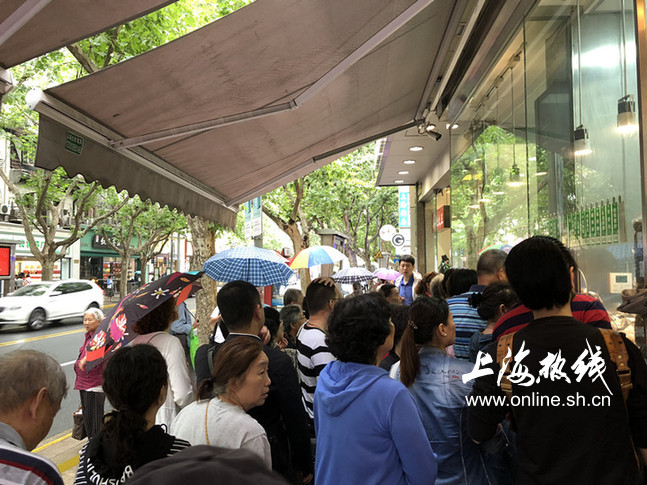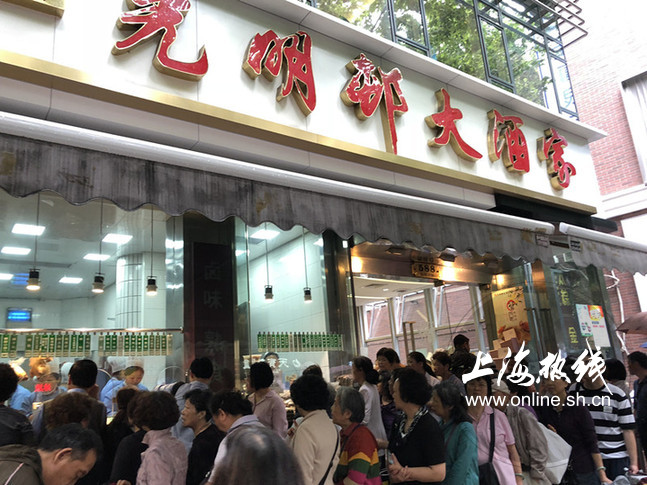I recently read an article about “the seemingly smart city to the disabled people”. On the surface, those newly-appeared apps that aim to provide users with information on whether a restaurant, a cafe, or a shop has those features signaling that disability is welcome there. For example, a parking sign with the International Symbol of Access, a wheelchair ramp, an automatic front door, a wide bathroom stall with grab bars and so on. People use these apps to document these features and all the information will be gathered in a database to later help others find accessible locations. Through collective efforts, these apps that have digital-accessibility maps are assumed to serve the purpose that “user-contributed data can provide information quickly while simultaneously educating the public about accessibility best practices.”
However, despite the good intentions, these apps that feature accessibility maps sometimes presume a binary kind of accessibility. Many people are simply asking the question if a place is accessible. Some only ask for wheelchair access, thus ignoring other kinds of disabilities such as those related to sight, hearing, cognition, chronic illness or chemical sensitivity. For example, people who move by walking would not notice how hard it is for a wheelchair to turn around inside a small space like a bathroom, or people who are not sensitive to certain lightings are likely to ignore that some flickering lights could cause seizures. Similarly, whether staff are fluent in sign language or whether menus and signs appear in braille are all information that is not included in the data for those digital accessibility apps.
Also, most the data of smartphone accessibility apps are primarily visual and textual, which creates potential barriers for users who are visually impaired or have sensory-processing disabilities.
There is a long way for these apps to go. They can collect and present information in multiple sensory formats instead of relying entirely on visual representations of data. Deeper digital-accessibility apps should be able to offer both audio and visual description of a place, real-time information about maintenance or temporary barriers, street views, and even video recordings. These features are not yet present in most digital accessibility apps partly because “they built upon digital-mapping tools that assume that a view of streets and storefronts is sufficient.”
One final threat to disability advocacy in smart city environments is that although these apps can make cities more navigable, they do not change the material features of that environment. They are recording current conditions rather than advocate for better ones. Making new environments in which accessibility becomes the norm but not the few exceptions is what digital mapping apps should do, not juts recording the world as it is today. A smart city is smart in real sense only when it is smarter and better for all.
Read more here about how smart cities can help people with disabilities.

